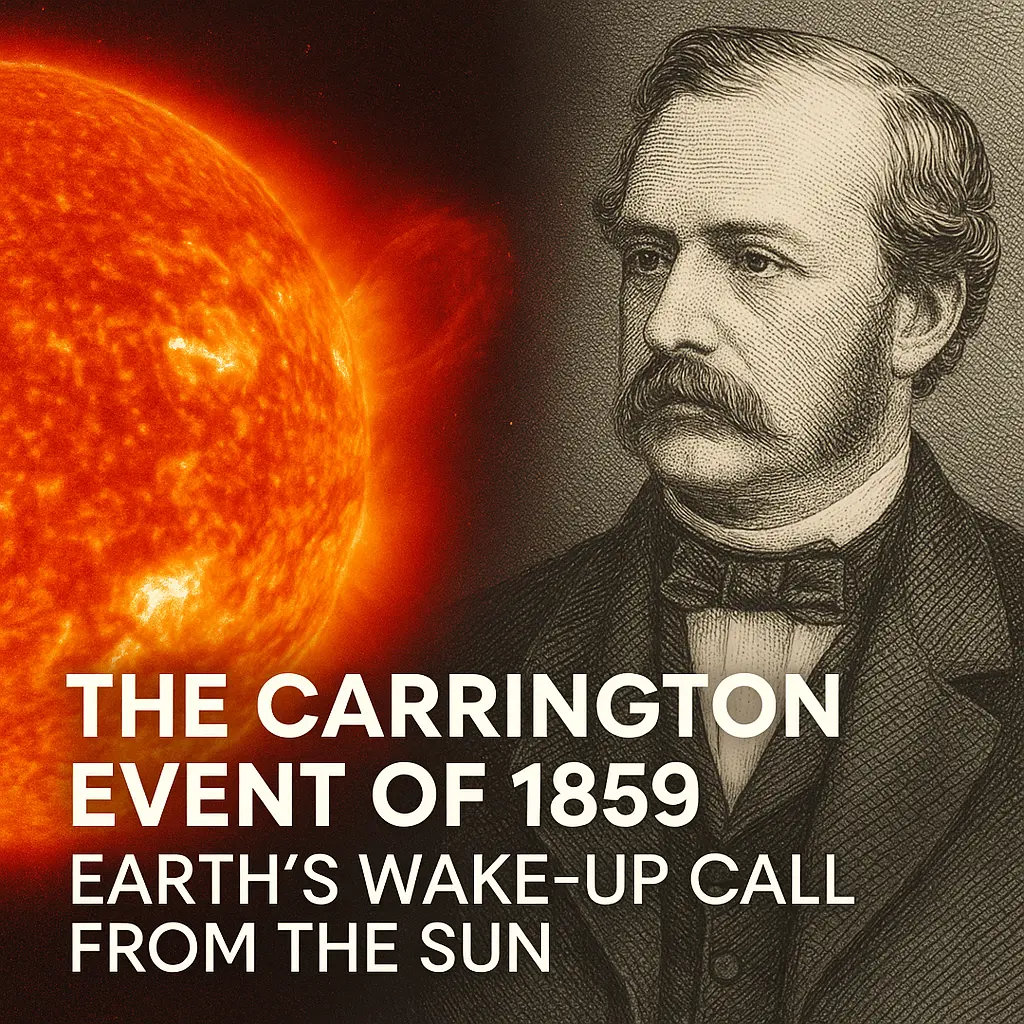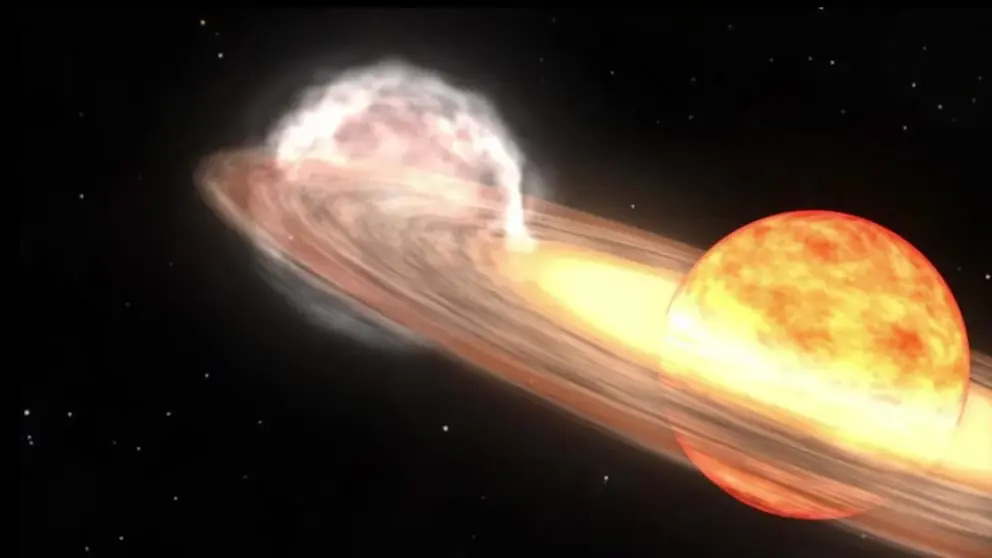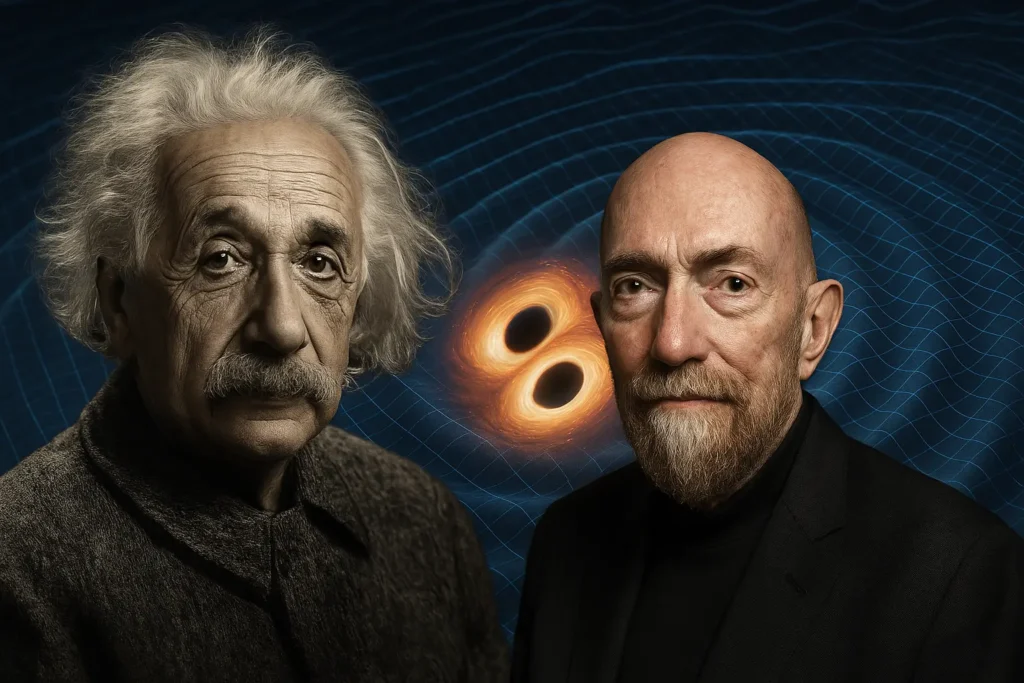On September 1–2, 1859, Earth experienced the most powerful geomagnetic storm ever recorded—a solar event so intense that it disrupted global telegraph systems, ignited widespread auroras, and offered humanity its first documented encounter with the volatile nature of space weather. Known as the Carrington Event, it stands as a stark reminder of our planet’s vulnerability to solar activity.
Origins of the Storm: A Solar Superflare
The event was named after British astronomer Richard Christopher Carrington, who, while observing the Sun on the morning of September 1, 1859, documented an unusually bright white-light solar flare—the first ever observed. Roughly 17 hours later, Earth was bombarded by a massive coronal mass ejection (CME), a vast burst of solar plasma and magnetic field that traveled from the Sun to Earth at an unusually high speed.
This arrival time was significantly shorter than the average 2–3 days typically required for CMEs to reach Earth, suggesting a particularly fast-moving and potent solar eruption.
Global Impact: A 19th-Century Technological Shock
At the time, Earth’s electrical infrastructure was limited primarily to the telegraph system—the Victorian internet of its day. Yet even this fledgling network was profoundly affected:
- Telegraph systems across Europe and North America failed.
- Some operators reported electric shocks.
- Telegraph pylons sparked and emitted visible arcs.
- In certain cases, telegraph systems continued to transmit messages even after being disconnected from their power supplies, powered solely by geomagnetically induced currents.
Meanwhile, the skies were illuminated by auroras—not only near the poles but as far south as the Caribbean and Hawaii. In some locations, the light was so bright that people could read newspapers at night without artificial light.
Scientific and Societal Legacy
The Carrington Event marked the first concrete evidence of the connection between solar activity and geomagnetic disturbances on Earth. It spurred scientific interest in solar-terrestrial interactions and laid the foundation for modern space weather research.
In today’s highly connected, digitally reliant world, a Carrington-level event would pose far graver consequences. Potential disruptions include:
- Widespread satellite and GPS failure
- Extended electrical grid outages
- Airline and spacecraft navigation hazards
- Economic damage potentially reaching trillions of dollars
Studies suggest that such “once-in-a-century” solar superstorms may be more common than previously assumed. In fact, a similarly powerful but narrowly Earth-missing CME occurred in July 2012, sparking renewed interest in preparedness.
Preparing for the Next Solar Superstorm
Recognizing the catastrophic potential of such an event, space agencies and governments have intensified efforts to monitor and prepare for solar storms. NASA’s Solar Dynamics Observatory (SDO), NOAA’s Space Weather Prediction Center (SWPC), and the European Space Agency (ESA) continuously track solar activity.
Proactive strategies include:
- Hardening of power grids and communication systems
- Satellite shielding and redundancy protocols
- Early warning systems for aviation and power operators
- Public and private sector contingency planning
Conclusion
The Carrington Event of 1859 was more than a historical anomaly—it was a cosmic alarm bell. As our civilization grows ever more dependent on technology, the need to understand and mitigate space weather risks becomes increasingly urgent. While we cannot prevent solar storms, we can prepare for them. Learning from the past may well protect our future.



